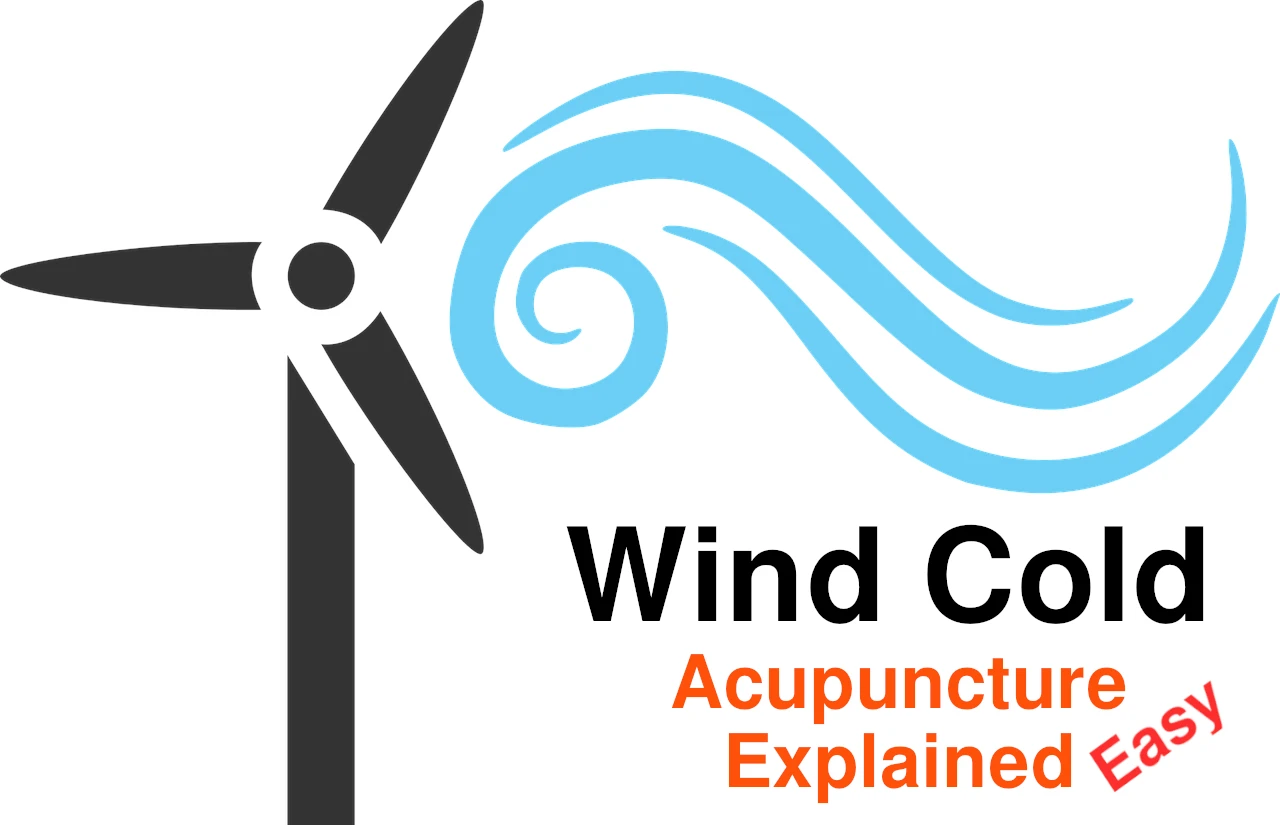This post may contain affiliate links and ads in which we may earn a small percentage of purchases.
Let’s continue our exploration of Wind Cold (or Wind-Cold) in Traditional Chinese Medicine (TCM). In our previous article, we introduced the concept of Wind and defined it from both a TCM and geo-science perspective.
The concept of Wind can be understood from multiple angles, including its intrinsic relationship with Yin and Yang principles. Rather than conflating systems or attempting to justify a nonexistent phenomenon, our goal is to provide an easy and clear clear understanding of TCM in the context of science and reasoning.
Quick Links
What is Wind Cold
Wind-Cold is a common pattern that arises with each seasonal change, particularly during the fall. From a Traditional Chinese Medicine perspective, our “Wei Qi”, which is analogous to the immune system in biomedicine, plays a crucial role in defending the body against external pathogens. However, when Wei Qi is weakened, its defensive capabilities are compromised, allowing Wind-Cold to invade and penetrate the system.
Identifying the Symptoms of Wind-Cold
This invasion is often marked by the onset of initial symptoms, such as nasal congestion, runny nose, and sniffles, which are characteristic of a common cold. These symptoms serve as warning signs that the body’s defenses have been breached and illness is imminent. In TCM, this is understood as the initial stage of a Wind-Cold invasion, which can progress to more severe symptoms if left untreated.
A stainless-steel acupuncture pen and gua sha set for massage, reflexology, and tension relief.
 View Product
View Product
The severity of of wind-cold is recognized and categorized into different levels, similar to the varying degrees of a cold or flu that could potentially turn into a pneumonia. With this in mind, the treatment aims to expel the pathogen as quickly as possible, preventing it from penetrating deeper into the body.
The ideal treatment strategy is to address the cold at its onset, when symptoms first appear. This is why it is essential to take proactive measures, such as rest and proper nutrition, as soon as the initial signs of a cold emerge. Conversely, if symptoms worsen, it is crucial to consult a healthcare provider to prevent further progression of the illness. Although this may seem like common sense, it is often overlooked, highlighting the importance of timely intervention in preventing complications and promoting faster recovery.
When considering the treatment of Wind-Cold, two key factors come into play. The COVID-19 pandemic has highlighted the importance of early intervention, with the goal of treating the virus as soon as possible to prevent its progression.
The Difference Between Biomedicine and TCM in Understanding Viruses
Biomedicine focuses on identifying and classifying specific viral strains, such as COVID-19, influenza, and RSV. TCM approaches pathogens from a different perspective, without categorizing them into specific viral strains or bio-medical classifications.
Similarly, TCM recognizes the constantly evolving nature of viruses, such as the flu virus, which mutates and changes over time, and the common cold, which encompasses a range of viral strains, including RSV. This understanding acknowledges that our immune system must adapt to these changing pathogens. Both biomedicine and TCM share a common goal: to prepare the body for the unexpected and to enhance its ability to adapt to changing circumstances.
In the context of Wind-Cold, the common cold is characterized by symptoms such as white mucus, phlegm, coughing, headache, and body aches. These manifestations are seen as the body’s response to the invading pathogen.
When we conduct a differential diagnosis, we can further break down the patterns of Wind-Cold. Wind is associated with Yang, representing the external, invading force, while Cold is associated with Yin, representing the internal, receptive aspect. This distinction informs our treatment approach, including the selection of herbs and acupuncture points.
Acupuncture Treatment for Wind Cold
Clinically, I have observed that while acupuncture can provide symptomatic relief and enhance the body’s natural defenses, it does not instantly eliminate the pathogen. Rather, the body still needs to undergo the process of expelling the pathogen, which can take several days or more. Acupuncture can, however, facilitate this process by boosting the body’s energy and resilience, making it easier for the body to recover. It is essential to understand that acupuncture is not a “magic” solution that instantly eradicates the pathogen, but rather a supportive therapy that aids the body’s natural healing processes.
Herbal Remedies for Wind Cold
In treating Wind-Cold, we typically employ herbs that possess warming properties, such as ginger. Ginger is particularly useful due to its dual functions: it warms the body and expels pathogens. This is characteristic of acrid herbs, which are known for their ability to expel pathogens, induce sweat, or create a drying effect. Diving deeper, understanding meridians and different types of Qi (energy) in the body, there are “layers”, or stages of progression for disease in TCM. I always think of Bohr’s model, and the idea that electrons change or jump “levels”. Again, two different systems, but the idea of changing levels, or layers… is rooted in TCM pathology.
Systems Change and Update
Just as scientific models such as the Bohr model have been updated and refined over time, TCM has also undergone significant developments over time in it’s theory and schools of thought. Our understanding of the body and its responses to harmful pathogens, defined in any health system, allows us to refine our treatment approaches and improve patient outcomes.
Medical Disclaimer: This article is for informational and educational purposes only and is not a substitute for professional medical advice, diagnosis, or treatment. Always consult a qualified healthcare provider with any questions about a medical condition or treatment.




